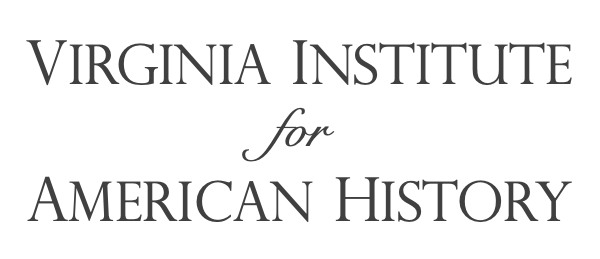Both
Washington and Hamilton were nationalists who adopted a continental vision of
America after the Revolutionary War.
They both lamented that the government under the Articles of
Confederation was too weak to govern the new nation effectively. Congress did not have the power to tax
or regulate trade, states almost went to war with each other several times, and
states routinely violated the 1783 peace treaty. Washington responded by hosting the Mount Vernon Conference
to help Virginia and Maryland resolve some trade disputes. Hamilton attended the Annapolis
Convention which advocated a stronger central government and called for a Philadelphia Convention.
Washington
played a pivotal role before the Convention helping Madison create the Virginia
Plan and the strategy to win a stronger government. When the Convention opened, the delegates unanimously
selected Washington as president of the proceedings. Washington’s prestige as the great hero of the American
Revolution ensured that any resulting document would bear his considerable
stamp of approval even when the delegates exceeded their mandate to revise the
Articles.
Hamilton
for his part clearly sided with the nationalists but was consistently
frustrated and thwarted in his design when two anti-federalists outvoted him in
the New York delegation (as each state had only one vote). Hamilton played a highly controversial
role in the Convention when he delivered a six-hour speech on June 18. The Convention had been deadlocked
between the Virginia Plan and the New Jersey Plan, so Hamilton presented a more
radically nationalist plan that would tend to moderate the Virginia Plan in the
minds of the delegates. The plan
stretched the limits of republican government with a president and senate
elected for life, but the strategic prudence contributed to the eventual
Connecticut Compromise.
On
September 17, Hamilton appealed to the moderation of the other delegates he
signed the new Constitution despite his reservations about some parts of
it. Washington affixed his
signature to the document, thereby announcing to all Americans that he
supported it as the law of the land.
The Constitution was then submitted to the representatives of the people
in ratifying conventions in the states and the debate began between its
supporters (Federalists) and opponents (Anti-Federalists).
Washington
and Hamilton were keen strategists who were fated to play different roles in
the ratification debate.
Washington refused to enter into partisan debates and avoided the fray. Instead, he wrote letters to friends in
favor of the Constitution that he knew would be made public. But, he obsessively read newspapers to
follow the progress of the Constitution and avidly exchanged letters with
correspondents to predict its chances for ratification. Virginian James Monroe wrote of
Washington, “Be assured, his influence carried this government.”
On
the other hand, Hamilton was a one-man wrecking crew. He conceived of the Federalist
essays and penned fifty-five of them, which were lauded by Thomas Jefferson
as “the best commentary on the principles of government which ever was written.” Hamilton also was instrumental in
winning ratification in the New York Convention, where the Anti-Federalists
outnumbered their opponents by a margin of three to one. The persuasive force of his arguments,
and the successful ratification of the document in Virginia, led to victory for
Federalists in New York. Hamilton,
like Washington, closely followed the results in every state and even
dispatched series of writers to speed news of the outcomes.
Washington
and Hamilton were key figures in the making of the Constitution and winning
ratification. This alliance would
continue to bear fruit when Washington was unanimously elected the country’s
first president, and Hamilton was appointed Secretary of the Treasury. Together they helped breathe life into
the new government created by the Constitution.
Tony Williams is the Program
Director of the WJMI and the author of five books on the American Founding period including Washington & Hamilton: The Alliance that
Forged America


No comments:
Post a Comment